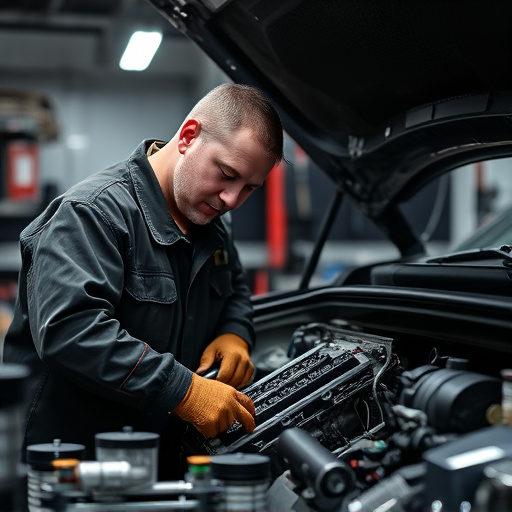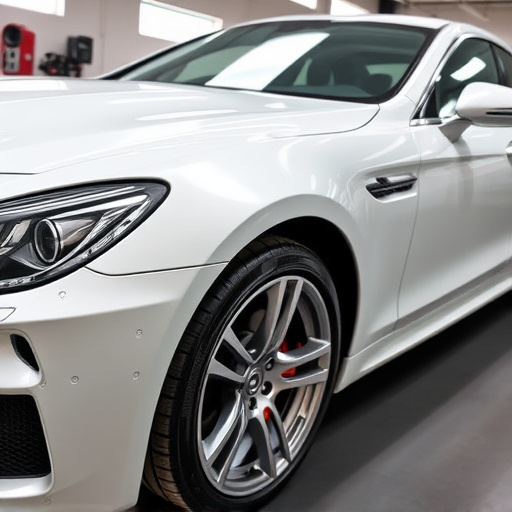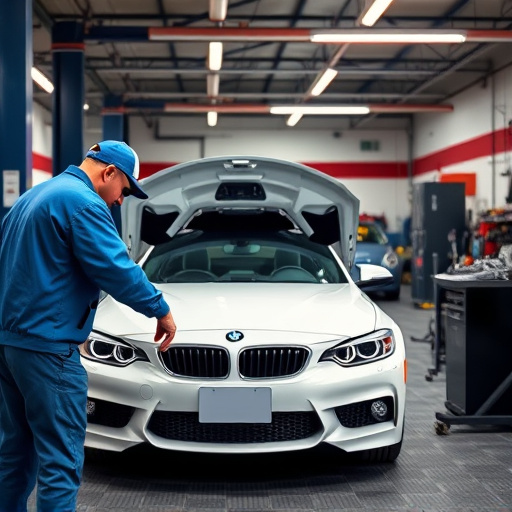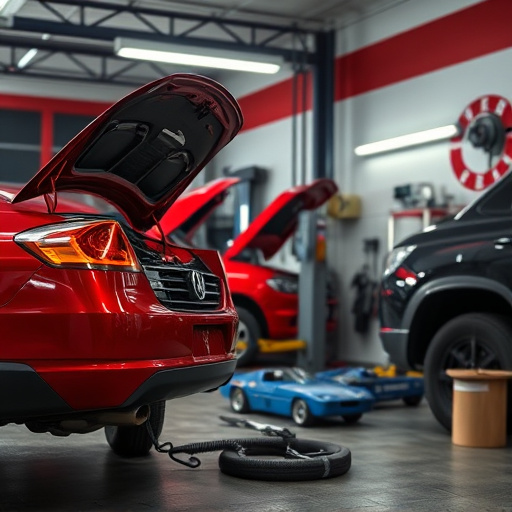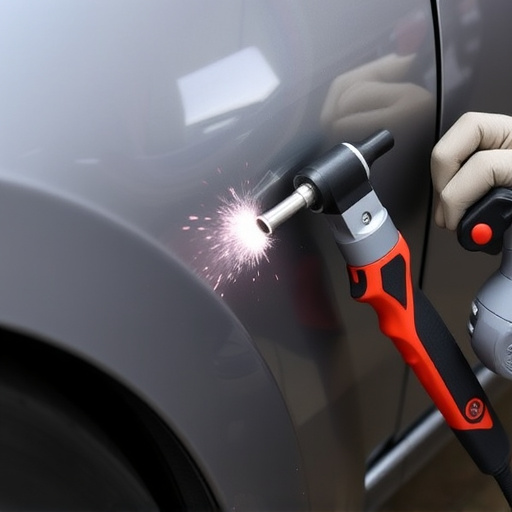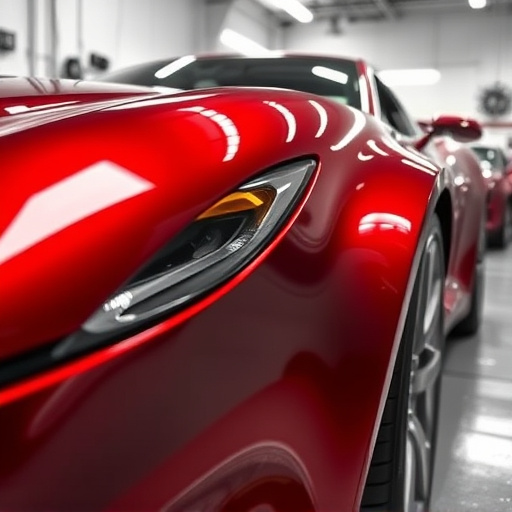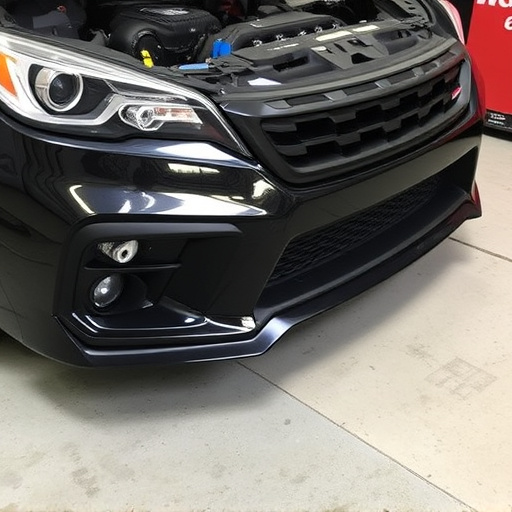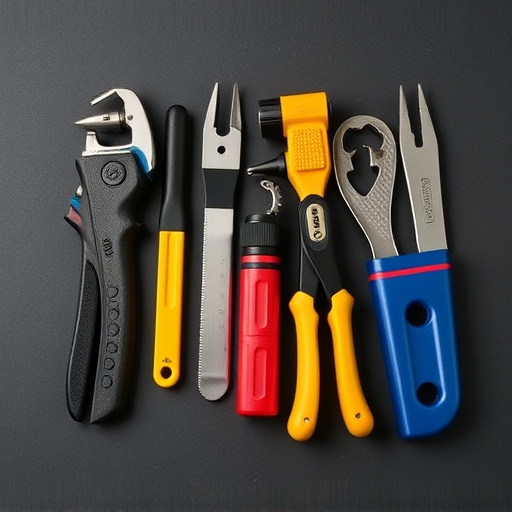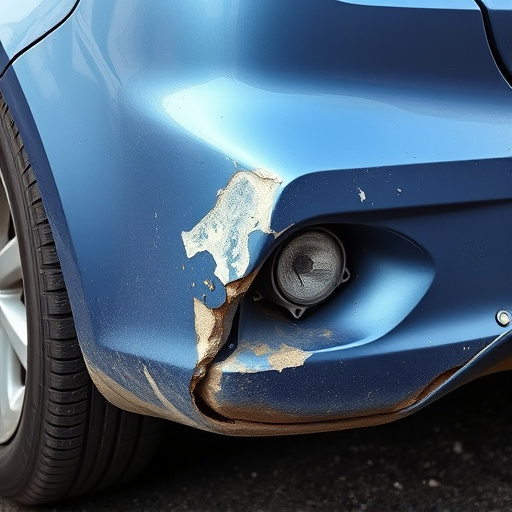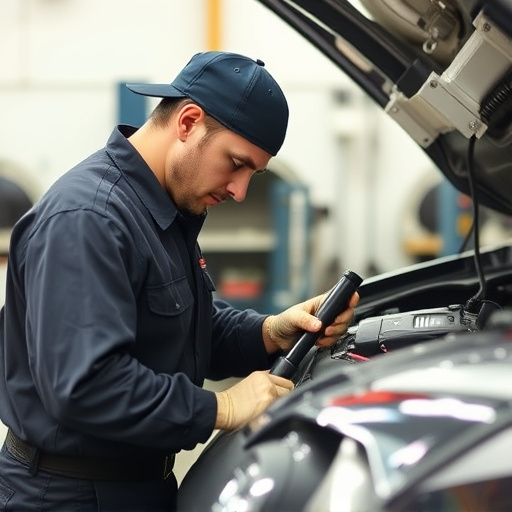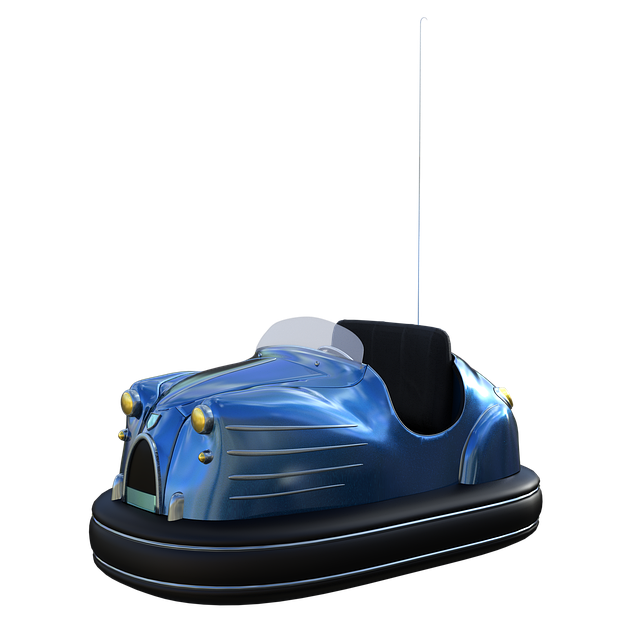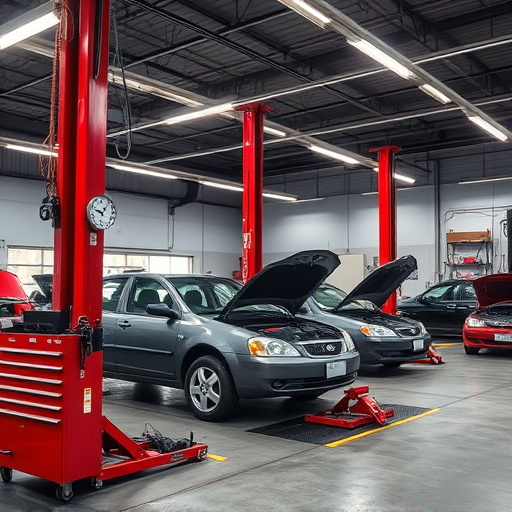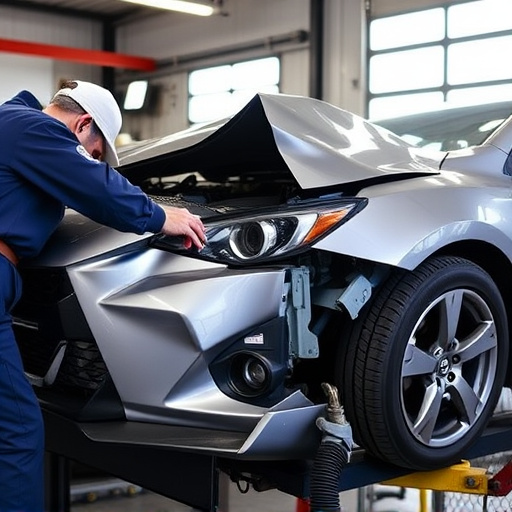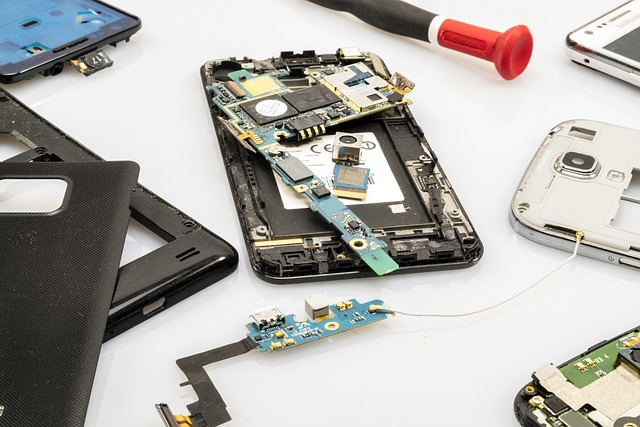Recreational vehicles (RVs) have specialized exterior structures requiring expert RV body repair for damage like cracks, dents, and scratches. Techniques include panel replacement, paintless dent repair (PDR), and collision repair, using tools from rivet guns to welding machines, to maintain structural integrity and aesthetic appeal.
Discover the essential elements of RV body repair with our comprehensive guide. Understanding the basic RV body structure is key to effective repairs, enabling you to tackle common damage types like dents, cracks, and leaks. Learn about indispensable tools and techniques to ensure lasting results. Whether you’re a seasoned RV owner or just starting, this article equips you with the knowledge to maintain your recreational vehicle’s integrity and beauty.
- Understanding Basic RV Body Structure
- Common Damage Types and Repairs
- Tools and Techniques for Effective Repair
Understanding Basic RV Body Structure

Recreational vehicles (RVs) are unique in structure compared to traditional cars or trucks, boasting various components designed for comfort and mobility during extended stays away from home. Understanding this distinct architecture is crucial when tackling RV body repair. The exterior shell, typically made of durable materials like fiberglass or aluminum, forms the protective barrier around the vehicle’s interior systems. This outer layer not only shields sensitive components but also contributes to the overall aesthetic appeal of the RV.
Knowing how different parts of the RV body interact and function is essential for effective repairs. For instance, while vehicle paint repair might be a common task for restoring a scuffed or scratched exterior, dent removal techniques specific to RVs could be required to address damage caused by wind, debris, or minor collisions. Proficiency in car body restoration methods, tailored to the unique materials and designs of RVs, ensures that repairs are not only functional but also maintain the vehicle’s structural integrity and longevity.
Common Damage Types and Repairs
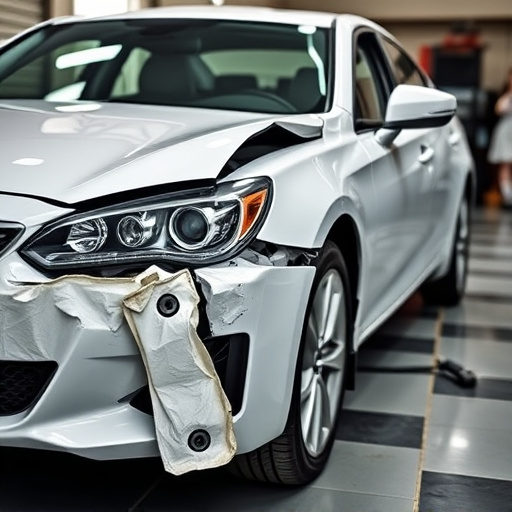
Common Damage Types and Repairs in RV Bodywork Services
One of the most visible aspects of an RV is its exterior body, which often suffers from various types of damage due to frequent use and exposure to different environments. Cracks, dents, and scratches are not uncommon, especially on older models. These issues can range from minor cosmetic concerns to structural problems that require prompt attention. RV owners should be familiar with common forms of exterior damage, such as impacts from debris, collisions with other vehicles, or even simple accidents like running into a tree.
Repairs for these damages often involve specialized techniques tailored to maintain the integrity and aesthetic appeal of the RV’s body. Auto body repair services for RVs may include panel replacement, where damaged panels are taken out and new ones installed, ensuring a seamless fit. For lighter dents and scratches, techniques like paintless dent repair (PDR) can be employed, offering a cost-effective solution without extensive repainting. Collision repair services might also be necessary after more severe accidents, requiring skilled technicians to align and fix the body panels accurately, restoring the RV’s structural stability and its appealing exterior finish.
Tools and Techniques for Effective Repair
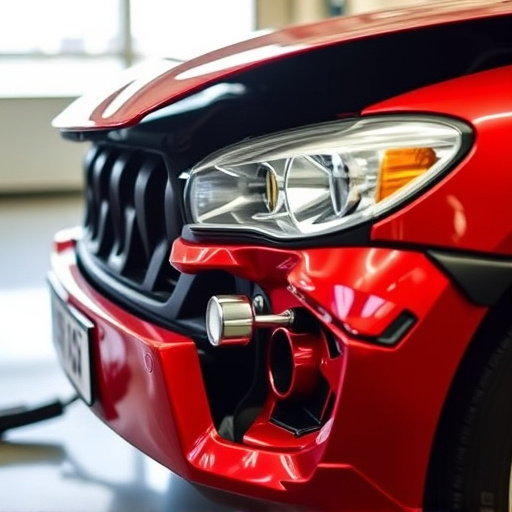
When it comes to RV body repair, having the right tools and techniques is essential for ensuring quality work that matches the vehicle’s original condition. Professionals in this field often rely on a combination of both traditional and modern equipment to address various types of damage, from minor scrapes and dents to more significant hail damage repair. A well-equipped RV body shop will have specialized tools tailored for the unique needs of these vehicles, including specialized rivet guns, welding machines, and precision sanders.
Effective RV body repair also involves a meticulous process that requires skill and patience. This includes thorough inspection to identify the extent of the damage, careful removal of any damaged panels or components, precise patching and painting to match the vehicle’s original finish, and finally, a comprehensive quality check. Body shop services for RVs often focus on preserving the integrity of the vehicle while enhancing its aesthetic appeal, ensuring that it not only drives well but also looks as good as new.
When it comes to RV body repair, understanding your vehicle’s unique structure, being equipped with knowledge of common damage types, and mastering effective tools and techniques are essential components for any successful restoration. By familiarizing yourself with these key elements, you’ll be better prepared to tackle repairs, extend the lifespan of your recreational vehicle, and ensure enjoyable adventures on the open road. Remember, whether it’s a minor dent or a more extensive collision repair, proper RV body repair practices will keep your rig looking and performing its best.
